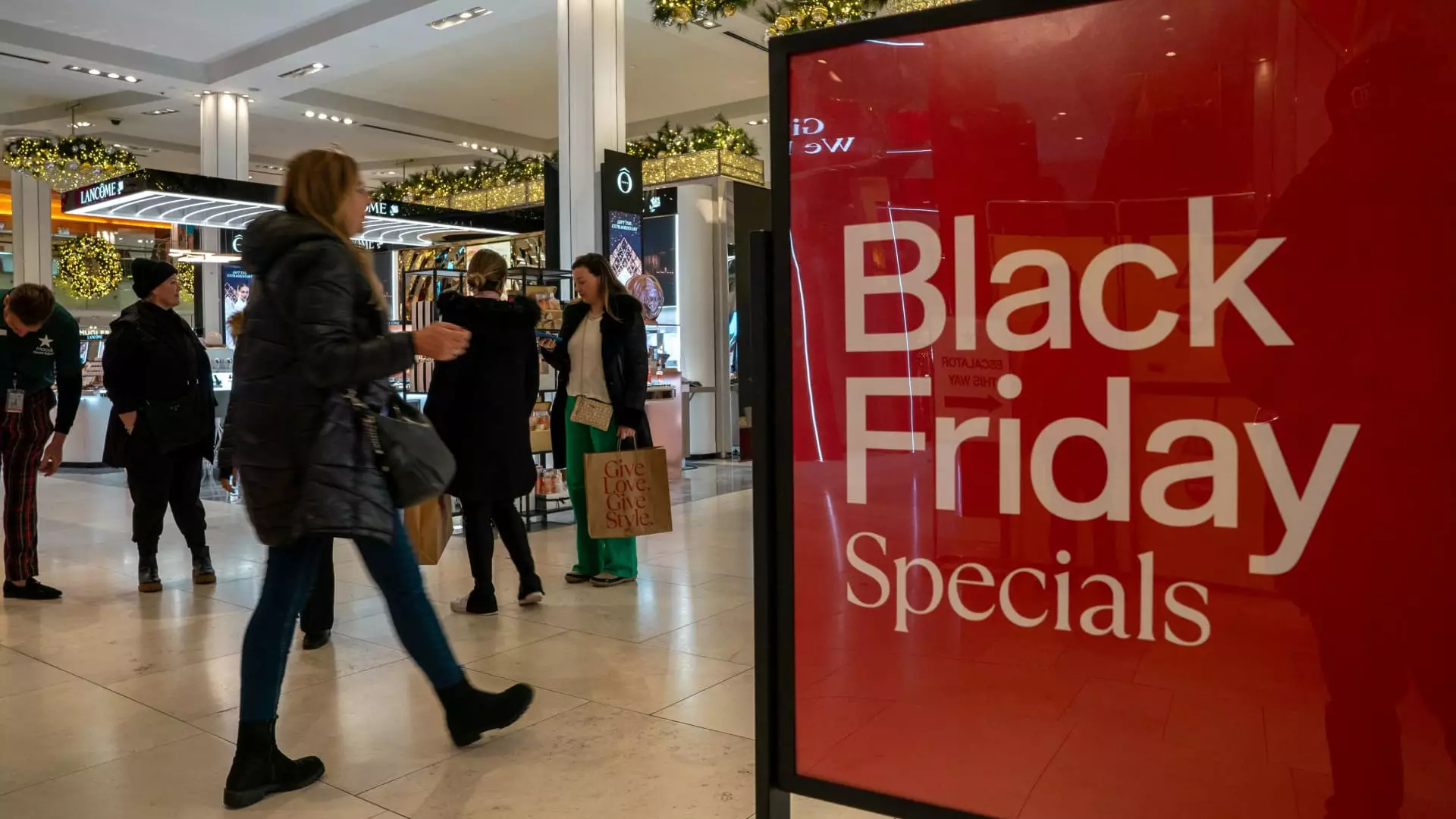Impulse buying has long been a significant challenge for consumers, often leading to regret and financial strain. The immediate gratification of purchasing without prior contemplation can result in unwanted debt and stress, particularly during high-stakes shopping seasons such as the holidays. This behavior, driven by emotional triggers and a society heavily influenced by consumerism, can wreak havoc on personal finances, leaving individuals scrambling to pay off bills related to spontaneous expenditures.
A recent common approach to mitigating the adverse effects of impulse buying is the concept of “slow shopping.” As the name suggests, this method encourages consumers to take a step back and evaluate their buying habits, promoting more mindful and intentional purchasing decisions. Industry experts suggest that adopting slow shopping principles can be invaluable, especially for those looking to avoid the pitfalls associated with emotional spending.
Andrea Woroch, a consumer savings expert, advocates for this slower shopping mindset, emphasizing the importance of taking time to reflect before making a purchase. According to Woroch, this reflection period can help consumers move past momentary emotions and allow for a more rational assessment of whether a purchase is genuinely necessary. By removing the pressure of urgency—often exacerbated by time-limited sales or promotions—shoppers can sidestep the influence of impulse buying.
Moreover, slow shopping aligns perfectly with strategic financial planning. Waiting for discounts or promotions can lead to better deals, especially when it comes to larger investments. Browser extensions like CamelCamelCamel or Keepa provide valuable tools for tracking price fluctuations, ensuring that shoppers only make purchases when prices hit their lowest point. This not only encourages financial prudence but allows shoppers to save up for significant purchases rather than resorting to credit, which can lead to further financial woes down the line.
The slow shopping trend appears to be resonating with consumers, especially as they gear up for annual holiday spending. A recent survey by Affirm revealed that approximately 73% of participants are embracing this approach, with many planning their purchases earlier to avoid the chaos and stress often associated with last-minute holiday shopping. The emphasis this year seems to be on making informed choices rather than succumbing to the usual frenzy of impulse buying fueled by enticing advertisements.
Vishal Kapoor, senior vice president of product at Affirm, commented on this shift, noting that while early shopping is a common trend, this year reflects a more deliberate attitude toward spending. Consumers are not only starting their shopping earlier; they are consciously thinking through their purchases as well. Given the projected increase in consumer spending during the 2024 holiday season, this more measured approach could be critical in helping individuals avoid falling into the cycle of debt that so many experience during this time.
The pressures of holiday spending can be overwhelming, especially when statistics reveal that credit card debt is already at staggering levels, totaling $1.14 trillion. The National Retail Federation anticipates that holiday spending will once again break records, with projections ranging between $979.5 billion and $989 billion. This number is further compounded by findings from Deloitte’s holiday retail survey, which suggest that shoppers may average spending of $1,778—an 8% increase from the previous year.
Furthermore, a NerdWallet study revealed that nearly 28% of shoppers still have not cleared their holiday credit card debts from last year. This cycle of debt perpetuates the need for more disciplined spending practices, making slow shopping even more essential for modern consumers. The increasing allure of holiday promotions and sales can distract shoppers from these underlying financial challenges, leading to excessive spending and impulsive decisions that exacerbate existing debt issues.
To navigate the complexities of holiday shopping successfully, experts recommend implementing a solid plan. Creating and sticking to a shopping list can serve as a powerful tool for maintaining focus and resisting the urge to make unplanned purchases. As Rod Griffin from Experian suggests, crafting a well-thought-out shopping list and checking it multiple times can help consumers adhere to their budgets and avoid the pitfalls of impulse buying.
Additionally, establishing a dedicated holiday savings fund can help mitigate financial strain by allowing consumers to spend from pre-allocated resources rather than relying on credit cards. Adam Davis from Wells Fargo Retail Finance emphasizes the importance of looking out for loyalty programs and promotional offerings to maximize savings during the shorter holiday shopping season.
Slow shopping offers a refreshing antidote to the pervasive culture of impulse spending. By encouraging consumers to adopt a more thoughtful attitude towards their purchases, this mindful approach helps foster financial responsibility and empowers individuals to take control of their spending habits, ultimately leading to a healthier financial future.

Leave a Reply